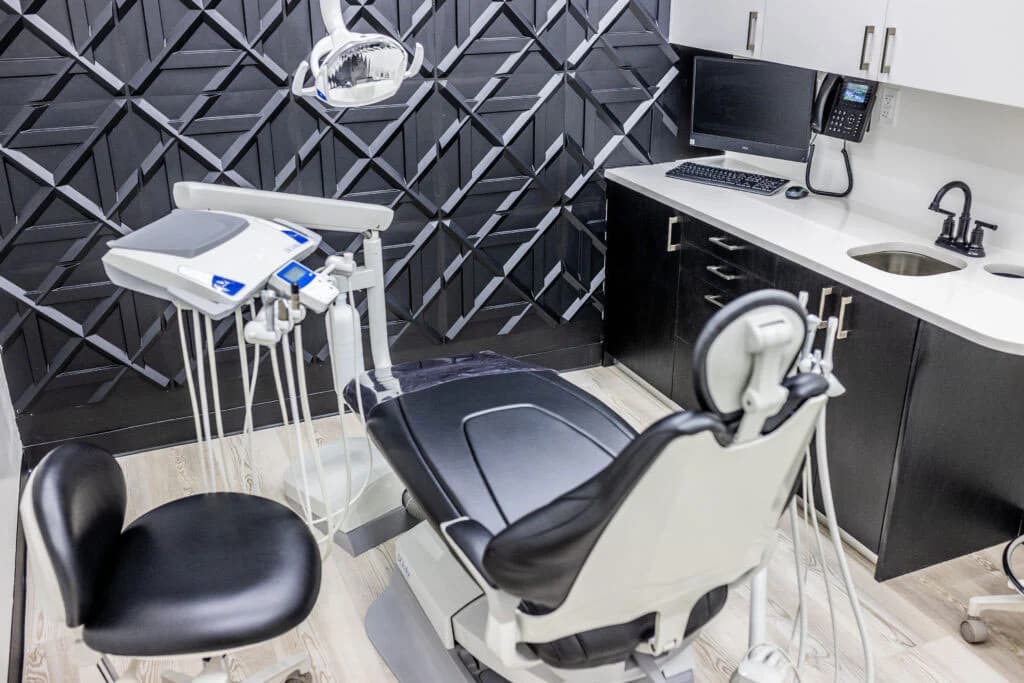TMJ Disorders
According to the National Institute of Dental and Craniofacial Research (NIDCR), temporomandibular joint disorders (TMJ), also known as temporomandibular disorders (TMD), are the most common source of chronic facial pain and jaw dysfunction. More than 10 million people in the United States are affected by TMJ problems.
The temporomandibular joints connect the left and right sides of the lower jaw to the temporal bone. These joints, along with their associated muscles, ligaments, and tendons, enable oral functions such as chewing, speaking, yawning, and other jaw movements. A soft, shock-absorbing disc between the jaw and the skull allows for smooth movement and prevents friction.
The TMJ is one of the most complex joints in the body, as it combines hinge-like motions with side-to-side and front-to-back sliding movements. Its complexity makes it challenging to treat when problems arise.
TMJ disorders can be categorized into three main types: Myofascial Pain, which is pain caused by increased muscle tension and spasms in the jaw joint area; Internal Derangement, which includes issues such as disc displacement, jaw dislocation, or trauma to the jaw's condyles; and Degenerative Joint Disease, which encompasses conditions like arthritis affecting the TMJ.
Risk factors for TMJ disorders include teeth grinding (bruxism), jaw injuries, and arthritis. Symptoms can vary widely, including earaches and tinnitus (ringing in the ears), headaches, neck, and back pain, vertigo and muscle spasms, jaw pain, joint tenderness, and popping or grating sounds with jaw movement, as well as jaw locking and limited movement.
Diagnosis involves a thorough clinical assessment of joint symptoms and function, supported by radiographic imaging or other diagnostic tests as needed. Treatments may include oral appliances such as night guards or stabilization splints to reduce strain on the joints, therapies including steroid injections, occlusal adjustments, or orthodontic and prosthodontic treatments to improve occlusion, and in severe cases, surgery may be reserved for persistent or severe TMJ problems.
Self-care measures are often recommended to alleviate symptoms, including eating soft foods and avoiding extreme jaw movements, practicing stress reduction and relaxation techniques, applying ice packs or moist heat, performing gentle stretching exercises as directed, and using over-the-counter anti-inflammatory drugs or pain relievers. If symptoms persist, the dentist or physician may prescribe stronger medications, muscle relaxants, or antidepressants to manage the condition effectively.
*If you experience symptoms of TMJ disorders, consult your dentist for a personalized evaluation and treatment plan.

Professional Dental Care
Expert TMJ treatment in Astoria
Experiencing TMJ Symptoms?
Dr. Khaimov provides comprehensive TMJ diagnosis and treatment to help relieve your jaw pain and restore function.
Schedule Consultation